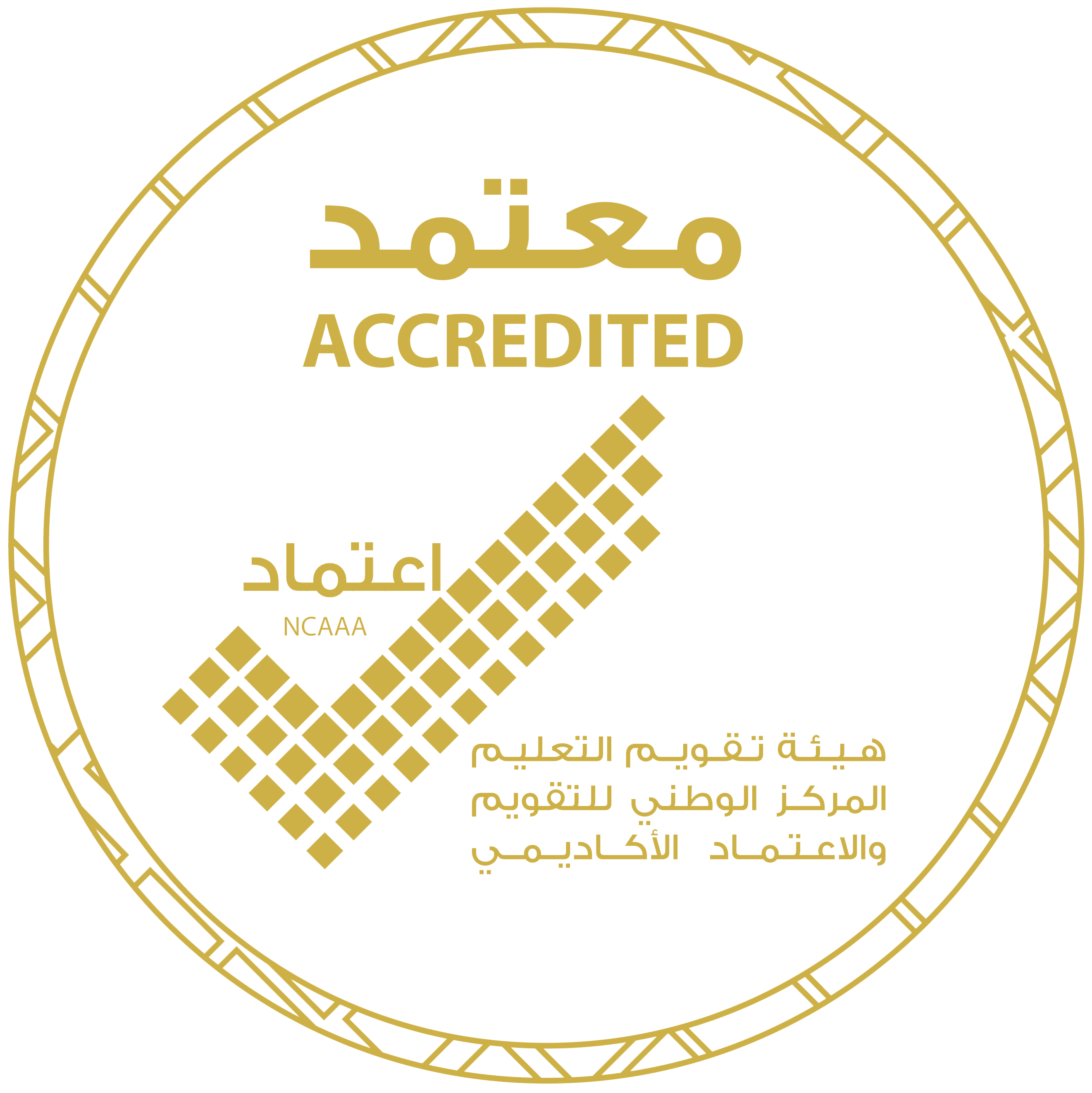
While each institution either government or private need a strategic plan that represent a compass which direct it towards its goals and draw the landmarks to success, development, and growth. The strategic plan also recovers the institution from confliction of opinions and random application. The institution needs also an operational plan that takes care of the order of projects according to priorities of the strategic plan, cares for the criteria and mechanisms of the project management in the correct and effective manner. It concentrates on harmonizing the efforts of the project management in the institution departments and units established with each other, and directing all towards achieving the general objectives of the plan. There is no doubt that the project management offices (PMO) are the best to do these tasks if they are properly activated as the train or vehicle that help the success of projects and therefore established to deliver its strategic objectives safely in the specified period of the plan.
Everyone understands the impact of failure in the completion of projects and is suffering from the bitterness of its results, this failure reflected the effects on those involved in the projects management as reflected on the lives of beneficiaries who were patient waiting for the fruits after the completion of these projects are successful, and because our Arab societies suffered from such a failure in many development projects of various kinds. The developed countries have suffered such failure before us. According to a beautiful article entitled "project Management Office," published in the free encyclopedia on the Internet (Wikipedia) (2008), 90% of the projects do not end within their estimated period of time, estimated cost or with the same required quality.
And this percentage varies according to size of the project.. Whenever the project is larger and more complex, the probability of failure effects becomes larger and more severe. This painful outcome prompted some developing business sectors, which seeks success to search in order to find the most successful parties in the management of projects to imitate them in method and style of project management. Some institutes with (Benchmarking) emulated the style and approach in project management, while some institutes, universities and research centers headed since long time for searching about reasons of projects failure and stalled projects on the one hand, and in summarizing the experiences of successful companies in a single approach combines the best practices in every stage of project management life.
Perhaps the best of those methodologies that resulted in the methodology of the International Institute of Project Management (PMI), which summed up in the directory named (Project Management Body of Knowledge (PMBOK), as the institute produced a number of additional evidences and applied methodologies to help in the context of project management, and the development of certified require the adoption of the number of examinations with actual experience in project management and including certificates of (PMP), (PgMP), (OPM3) and others. On the other hand, the British academic methodology (Prince2) appeared in the same context and managed by (APMG). In my opinion, the British academic curriculum is predominant, while (PMBOK) that started as American, the applicable nature is apparent in it and tens of thousands of the Institute members from all over the world had participated in its construction and achievement – in its four copies - therefore, is more evidence popularity of best practices in the projects management.
In order for those parties who seek success to benefit from the project management methodologies, they always should make sure to follow these methodologies effectively in their projects and disseminate this kind of thinking among its employees and make it a dominant culture and style of the practice of automatically proceeded to establish a project management office in which to play this role. Accordingly, the simplest definition of the project Management Office is that it is a section or centralized department of the institution that aims to standardize project management criteria in accordance with the approved methodology and within the unified framework that help all those involved in project management to understand the methodology and to follow those standards, and help decision makers make the best use of all human and financial resources available at the institution, and enhance their abilities to make appropriate decisions in a timely manner by providing a complete picture about (1) flow and functioning of the project (2) any problems that arise in any phase of it (3) also provides performance measurement indicators (KPI) that will help to measure the performance of those projects and the performance of companies, as well as implemented by the institution staff who work on them.
There are several categories and types of project management offices, according to its role. It varies from the simple, which only establishes the methodology, standard-setting and support the application, to the advanced which, with the above, determines the level of for project managers capabilities, and manages them directly to make sure that the institution is achieving its strategic objectives and choose the type of the project management office depending on the type of institution for example, plant, oil company, real estate developer, government office or university, as well as the size, allocated budget, the number and level of human resources available. This requires accuracy in the study of the institution by one expert or more that are specialized in this field of management to determine the best type of project management offices, drawing its vision, setting the objectives, responsibilities, powers, resources required for it and its position within the institution structure and the project management methodology appropriate to it.
Finally, some may believe that interest in establishment of the Project Management Office is a waste of the institution resources and increase for the burdens and tasks and leads to profit reduction. This is not true, as establishment of the office will definitely increases productivity and raises the level of return on investment (ROI) through organizing and adjusting the work according to specific criteria and raise the level of communication and coordination between staff per project and the managers of other projects. This would re-use of the recurrent projects components instead of wasting time every time and would raise the integration of work, exchange of resources & expertise. All of this will raise the quality of work, raise the level of beneficiary satisfaction and reduces waste in maintenance operations later after delivery of the project. In light of this, the studies applied to some of those offices that established project management processes have shown that operations improved by about 28 %, at the same time, communication increased by 13%. Control over the projects problems also increased by about 22%, and transparency increased by 30%, especially with the use of appropriate project management system showing each employee responsibilities and duties and at the same time showing the officials the level of performance and
achievements.
Hoping happiness to all of you,,,,
By Eng. Mohammed Bin Abdullah Al-Sehali



